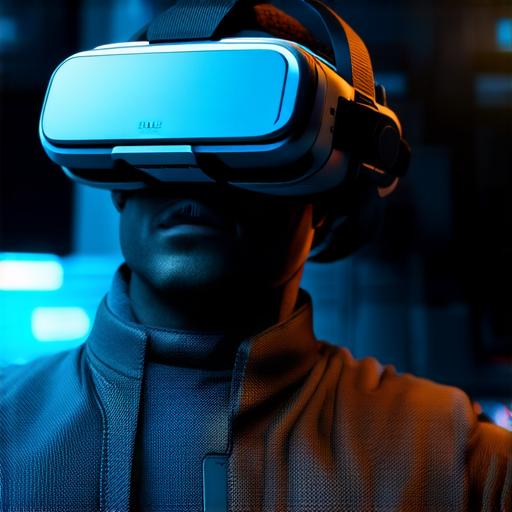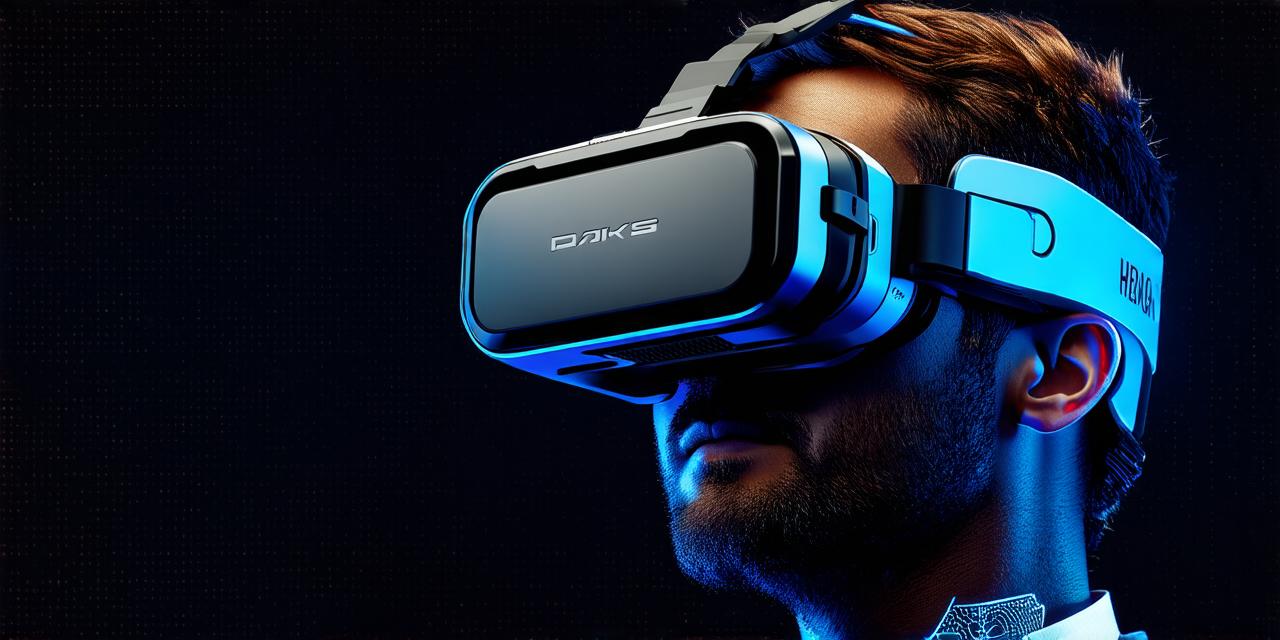Origins of Virtual Reality Headsets
The concept of virtual reality dates back to the early 20th century when scientists like Ivan Pavlov and William James explored ways to simulate sensory experiences in a controlled environment. However, it was not until the 1960s that the first VR headset was developed by Ivan Sutherland.
The Sword of Damocles, also known as the Sketchpad, was a simple device that used a projector to display a 3D image in front of the user’s eyes. Despite its limitations, the Sword of Damocles paved the way for future VR headsets and sparked interest in the technology.
Evolution of Virtual Reality Headsets
As technology advanced, so did VR headsets. In the 1990s, researchers at the University of Illinois developed the Virtual Reality Medical Center, which used VR to treat phobias and post-traumatic stress disorder (PTSD). This marked a significant milestone in the use of VR for therapeutic purposes.
In the early 2000s, several companies like Sony, Nintendo, and Sega released VR consoles that combined gaming and entertainment with VR technology. However, these devices were expensive and limited in their capabilities.
The breakthrough came in 2016 when Oculus released the VR headset, the Oculus Rift. The device was affordable, easy to use, and had a wide range of applications, including gaming, education, and enterprise. It quickly gained popularity among gamers and developers alike and paved the way for future VR headsets.
In 2018, Oculus released the Oculus Quest, which was a standalone VR headset that did not require a computer or console to function. This made VR more accessible to a wider audience, including those without access to high-end gaming equipment.
The latest iteration of the Oculus headset is the Oculus Quest 2, which was released in 2020. The device is affordable, lightweight, and has a high resolution display, making it ideal for both gaming and immersive experiences.
Key Milestones and Developments

Several key milestones and developments have shaped the VR industry over the years. One of the most significant was the release of the HTC Vive in 2015. The device was the first consumer-grade VR headset to use room-scale tracking, which allowed users to move around freely while experiencing virtual environments.
Another milestone was the launch of the Samsung Gear VR in 2015. The device was designed for mobile devices and offered a more affordable alternative to high-end VR headsets.
In 2017, Google released the Daydream View, a standalone VR headset that used smartphones as a computing platform. The device was designed to be affordable and accessible to a wider audience.
The latest development in VR technology is the release of augmented reality (AR) devices like the Metaverse device by Facebook. AR technology allows users to experience virtual objects and environments in the real world, making it an exciting new frontier for VR.
FAQs
What are some of the key milestones in the history of VR headsets?
The key milestones in the history of VR headsets include the Sword of Damocles, Jaron Lanier’s wearable VR headset, the Cyberglasses, the Virtual Reality Medical Center, and the Oculus Rift.
What are some of the latest developments in VR technology?
The latest developments in VR technology include room-scale tracking, mobile VR devices, and augmented reality (AR) devices.
What are some of the applications of VR headsets beyond gaming?
VR headsets have a wide range of applications beyond gaming, including education, enterprise, and therapy.
Summary
The history of VR headsets is a fascinating journey that has seen significant milestones and developments over the years. From simple devices like the Sword of Damocles to today’s high-end Oculus Quest 2, VR headsets have played a crucial role in shaping the future of immersive gaming and virtual experiences. As technology continues to advance, we can expect even more exciting developments in VR and AR technology in the years to come.
